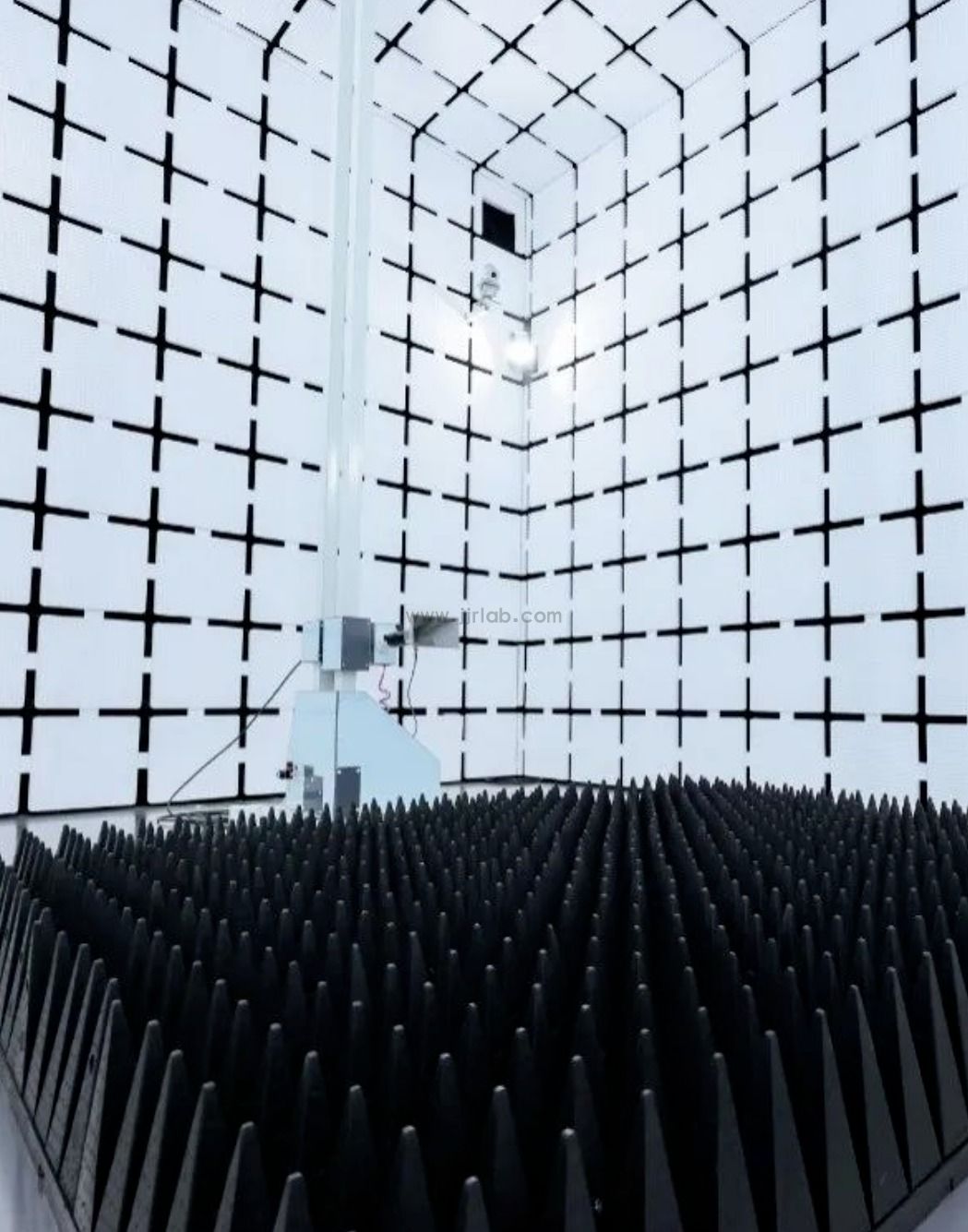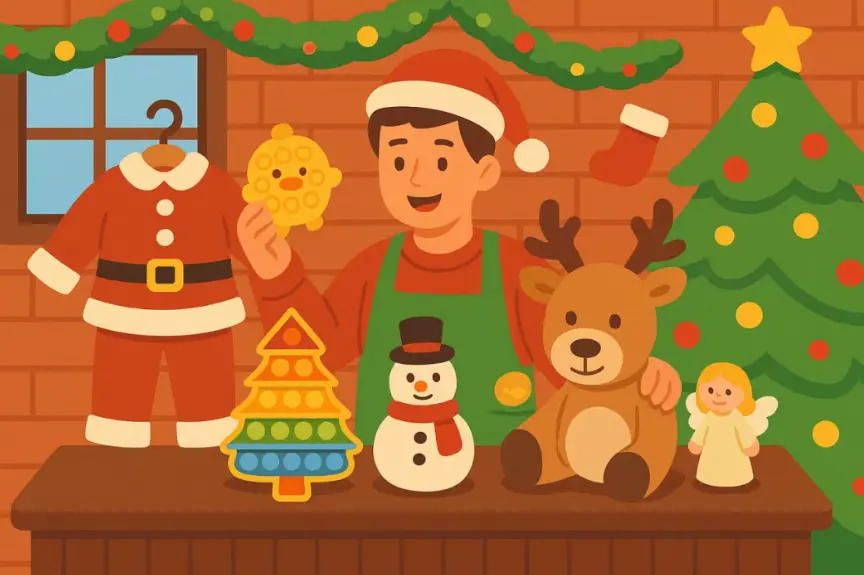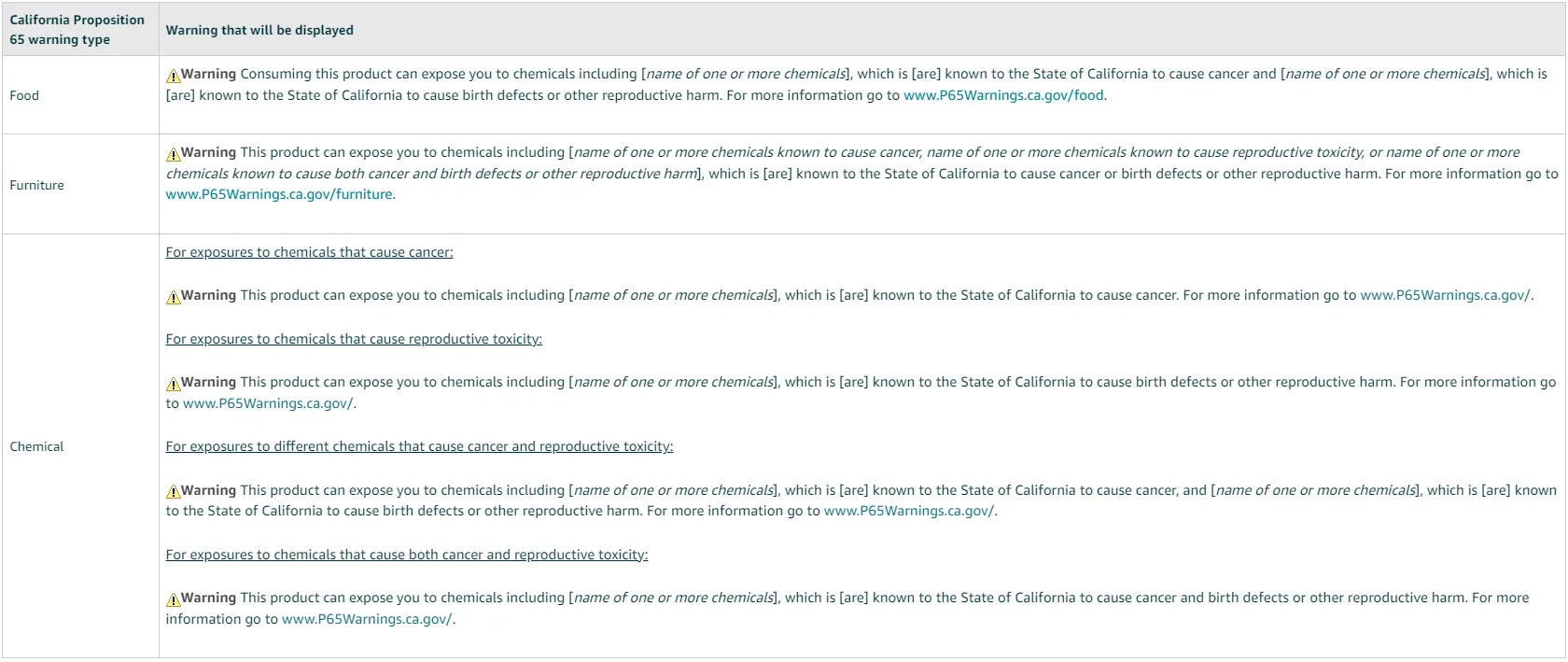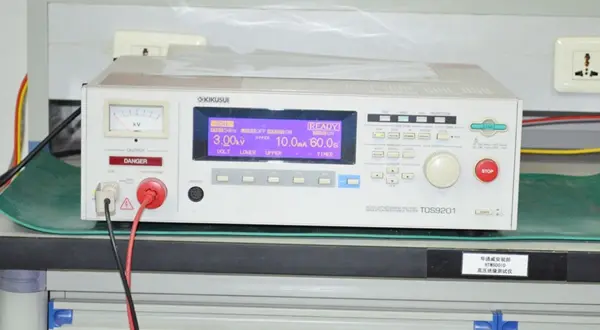
JATE Certification Test Items
JATE Certification(Japan Approvals Institute for Telecommunications Equipment) is a mandatory certification system regULated by the Ministry of Internal Affairs and Communications (MIC) of Japan under the Telecommunications Business Law.
It applies mainly to devices that connect to Japan’s public telecommunications networks.
The testing scope is divided into Core Test Itemsand Supplementary Test Items, as outlined below:

Core Test Items (Based on Telecom Protocols and Functions)
These 12 items are the core requirements of JATE certification, focusing on protocol compatibility and secure interaction with Japanese telecom networks:
1. Basic Functions
- Verification of signaling during call setup, answering, and termination.
- Example: A request signal must be sent before initiating a call.
2. Call Functions
- Limitation of automatic REDial attempts (maximum 2 times).
- Emergency call devices are exempt.
3. Transmission Time
- Ensure that signal transmission time meets MIC requirements.
4. Random Access Control
- Evaluation of collision avoidance through delayed redial when multiple devices attempt to call simultaneously.
5. Timing Alignment Control
- Ensure the device can synchronize its timing according to network instructions.
6. Location Registration Control
- Verify the device’s ability to update and store base station location information when mismatches occur.
7. Channel Switching Function
- Confirm that the device can switch to the designated channel as instructed by the network.
8. Reception Level Reporting
- Test the device’s ability to report received signal strength.
9. Stop Transmission on Command
- When a disconnection request is received from the base station, the device must stop transmission immediately and acknowledge the request.
10. Automatic Termination under Weak Signal
- Communication must be terminated automatically if signal quality continues to deteriorate.
11. Automatic Termination on Faults
- If continuous frame loss or errors occur during a call, the device must actively terminate the communication.
12. Priority Communication Protection
- In emergencies (e.g., network channel shortage), the device must suspend ordinary calls to ensure priority for emergency communications.
Supplementary Test Items (Hardware and Performance)
In addition to protocol compliance, devices must undergo further physical and safety evaluations:
- RF Performance
Validation of signal strength, frequency range, and accuracy to ensure compatibility with Japanese frequency bands (e.g., 4G/5G).
- Protocol Compatibility
Verification of interoperability with Japanese operator networks such as NTT DoCoMo and SoftBank.
- Electromagnetic Compatibility (EMC)
Assessment of resistance to electromagnetic interference (EMI) and the impact on surrounding devices.
- Electrical Safety
Inspection of power adapters and circuit design for compliance with safety standards, including electric shock prevention and overheating protection (e.g., IEC 62368).
Applicable Product Categories
Devices subject to JATE certification include all terminals that directly or indirectly connect to Japan’s public telecommunications networks:
- Mobile Devices: smartphones, smartwatches, tablets (2G to 5G).
- Fixed Devices: landline phones, IP phones, cordless phones.
- Networking Devices: routers, modems, switches.
- Wireless Devices: Bluetooth headsets, Wi-Fi modules, IoT devices.
> Note:Bluetooth/Wi-Fi devices with calling functionality must pass both JATE(signaling tests) and TELEC(RF tests).
> Bluetooth products also require BQB Certification.
Summary
- JATE certification focuses primarily on telecom protocol compliance(about 80% of test scope).
- Key emphasis: secure and stable interaction with Japanese telecom networks.
- Supplementary evaluations: RF performance, EMC, and electrical safety.
- Technical basis: MIC regulations such as Notification No. 99 of MPHPT.
- Certification timeline: approximately 1 month.
- Marking requirement: certified devices must display the “T” mark(minimum size: 0.3 cm).
Email:hello@jjrlab.com
Write your message here and send it to us
 What Are the Battery Compliance Test Reports?
What Are the Battery Compliance Test Reports?
 Christmas Children’s Products EU & US Complian
Christmas Children’s Products EU & US Complian
 Food Packaging Material Testing
Food Packaging Material Testing
 Cosmetic Product Safety Report
Cosmetic Product Safety Report
 What is Prop 65 Warning?
What is Prop 65 Warning?
 Does RoHS Apply to Packaging?
Does RoHS Apply to Packaging?
 How to Get RoHS Compliance?
How to Get RoHS Compliance?
 How to get EN 62368-1 Test Report
How to get EN 62368-1 Test Report
Leave us a message
24-hour online customer service at any time to respond, so that you worry!




